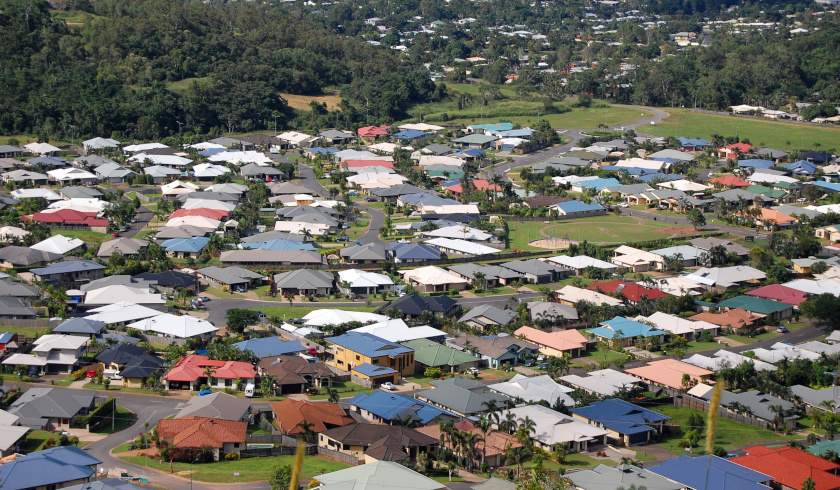Housing financing figures revealed in latest ABS data
The release of new ABS data has shown the status of finance for housing, and analysis of these numbers could mean good things for investors.

ABS data for February 2019 showed that financing for housing has increased for property investors but declined for owner-occupiers.
Property investor finance was up by 3.9 per cent for the month, but this was not high enough for Adrian Kelly, president of the Real Estate Institute of Australia, as he said it was currently down 41 per cent compared to its peak in June 2015.
The decline in owner-occupier finance commitments, excluding refinancing, fell by 1.4 per cent and is the 17th consecutive month of decline and a six-year low.
“In trend terms, decreases were recorded in all states and territories except Tasmania, which had a modest increase of 0.6 per cent. The largest decrease of 3.2 per cent was in the Northern Territory,” Mr Kelly said.
“The proportion of first home buyers, as part of the total owner-occupied housing finance commitments decreased in February to 17.7 per cent from 17.9 per cent in January.
“There are a number of reasons for the continued decline in housing finance, one of which is the concern about changes to property taxation and its impact should there be a change in government.”
Mr Kelly added that these declines are a risk that the decline in the property market is set to be “a major drag on the economy”.
“There is a clear risk that the decline in activity in the residential property market will become a major drag on the economy,” Mr Kelly siad.
Finance and future supply
Housing finance commitments for the construction and purchase of new homes also took a hit, declining 14.1 per cent for the year to February 2018, but analysis by the Housing Industry Association’s chief economist, Tim Reardon, revealed that this situation is starting to be reversed.
The reversal was seen through a rise of lending to households by 2.6 per cent and is consistent with a slight rise in new home sales for February.
These signs point to the finance squeeze easing throughout 2019 and the general lending decline will be modest, Mr Reardon hypothesised.
“The pipeline of building work, which had expanded over recent years, has shrunk over the past six months as the volume of work entering the pipeline fell away,” he said.
“The home building industry has driven economic growth in Australia since the end of the resources boom. As the housing boom cools, the industry will be reliant on a strong national economy to ensure that this is a relatively shallow downturn.”
